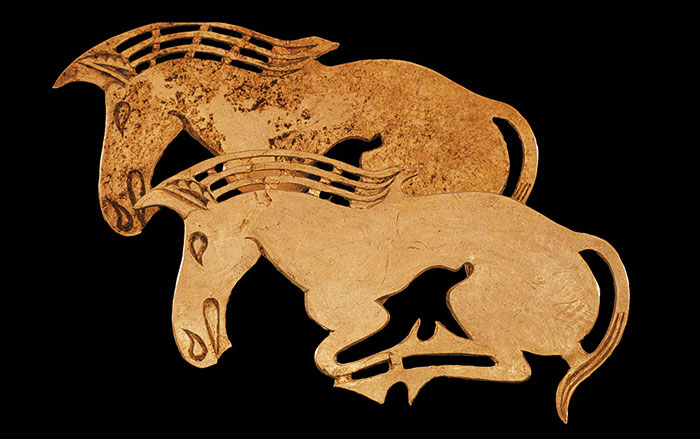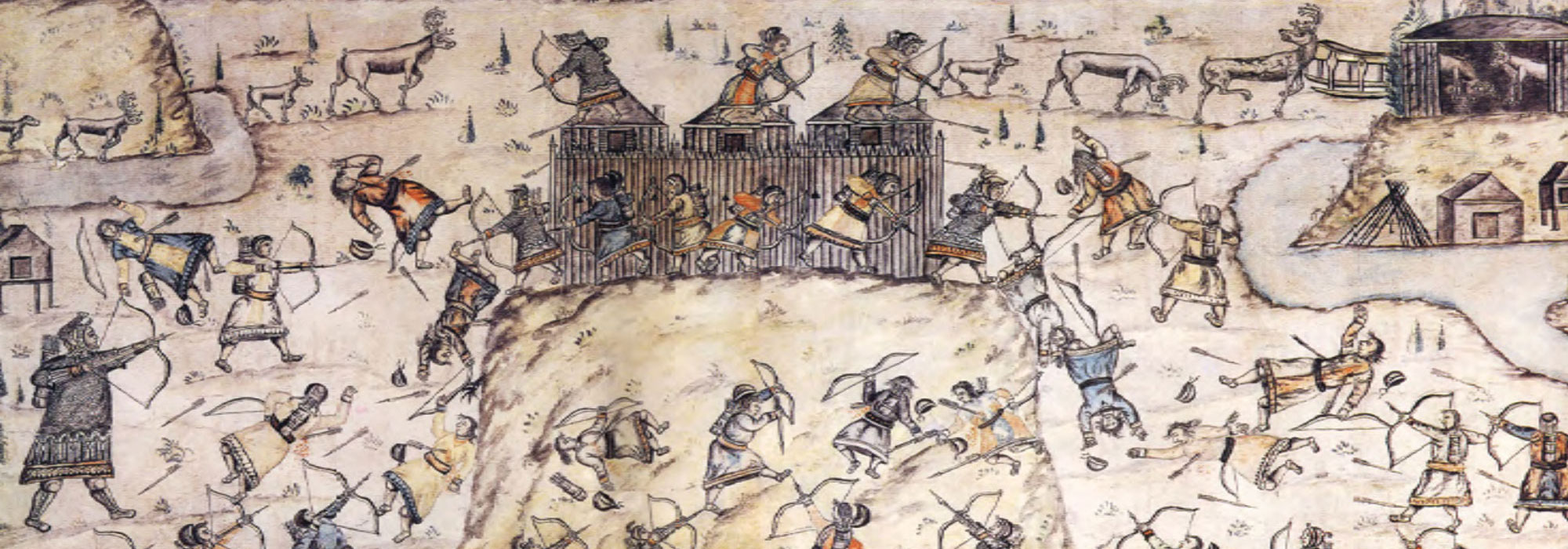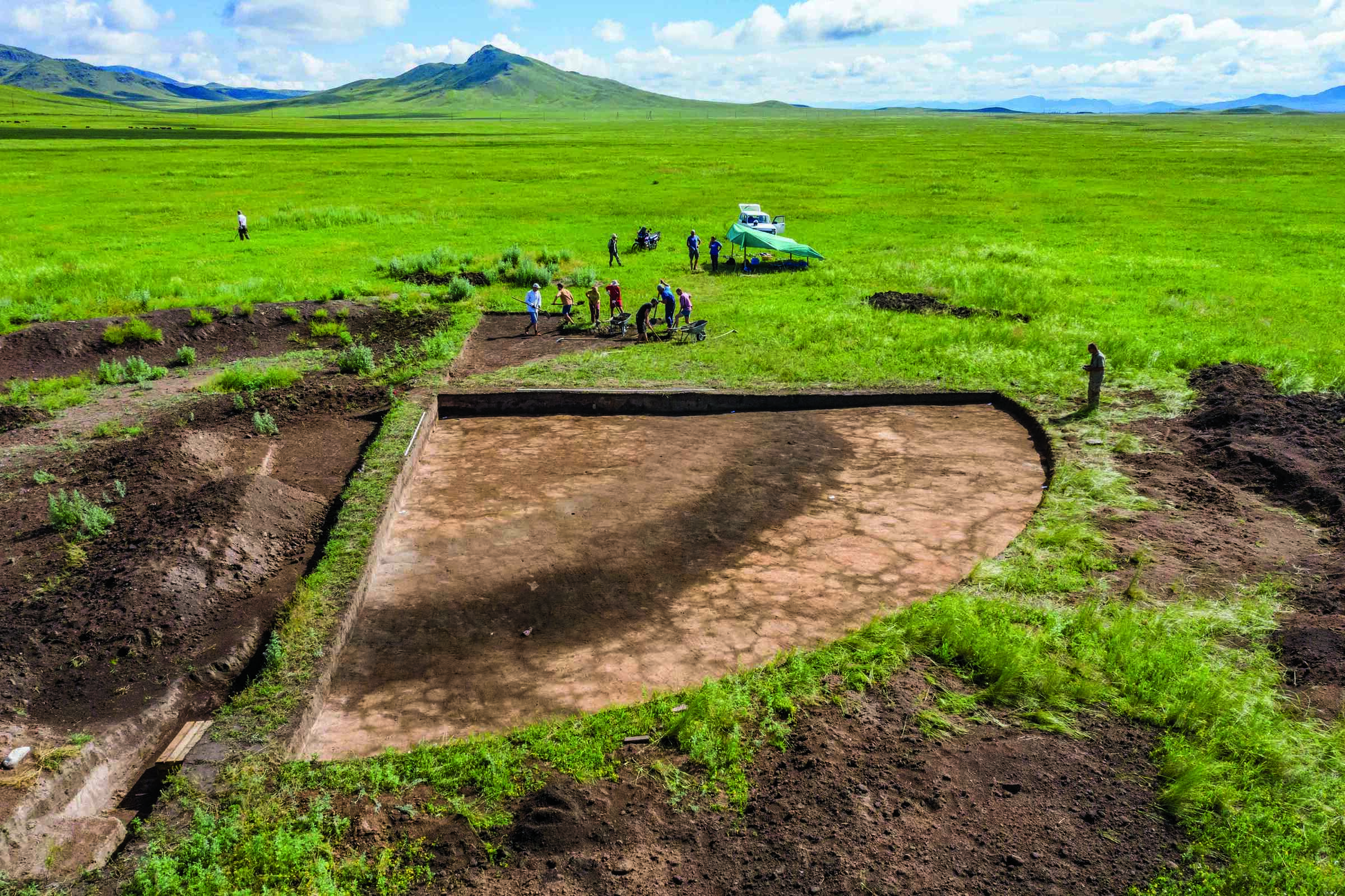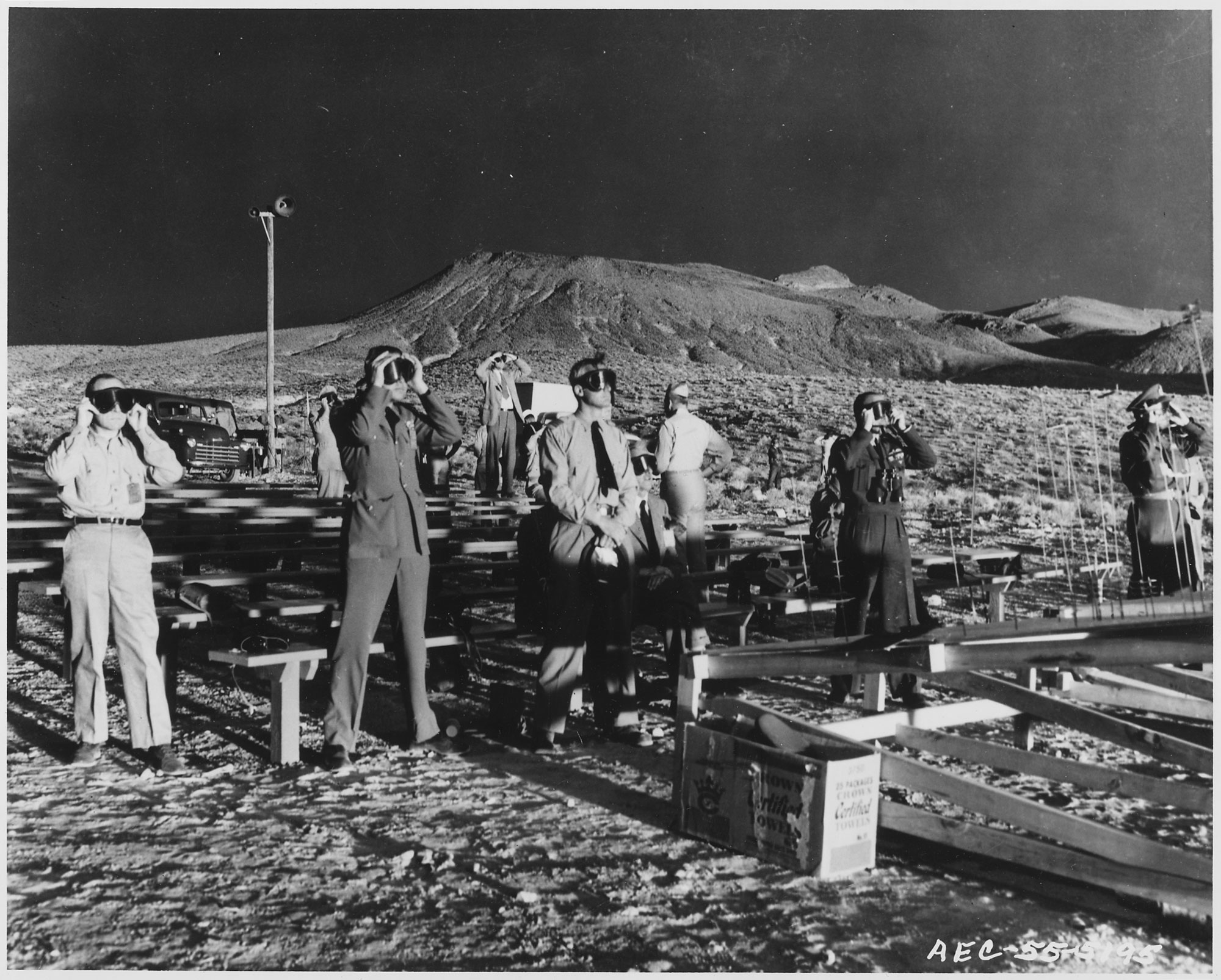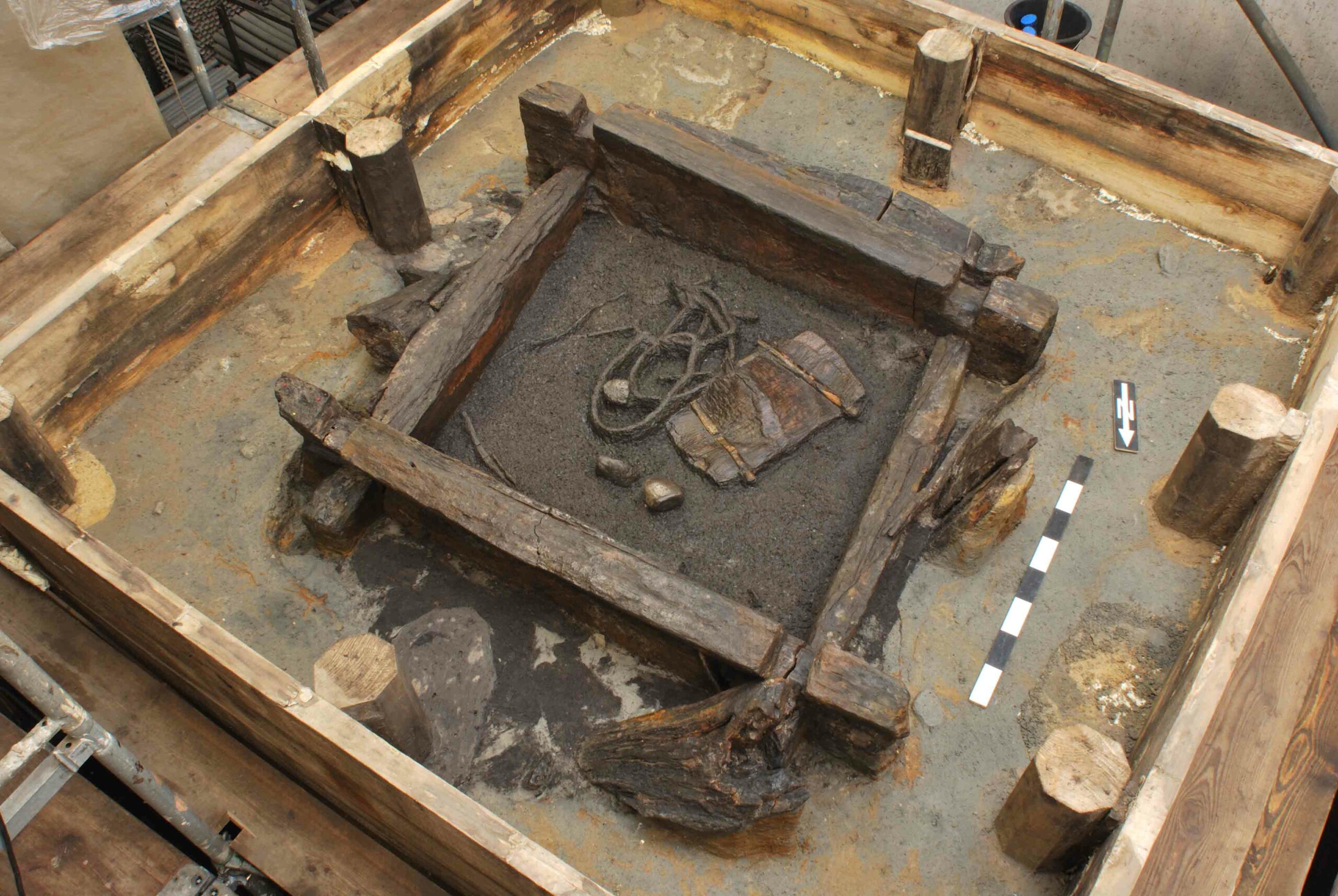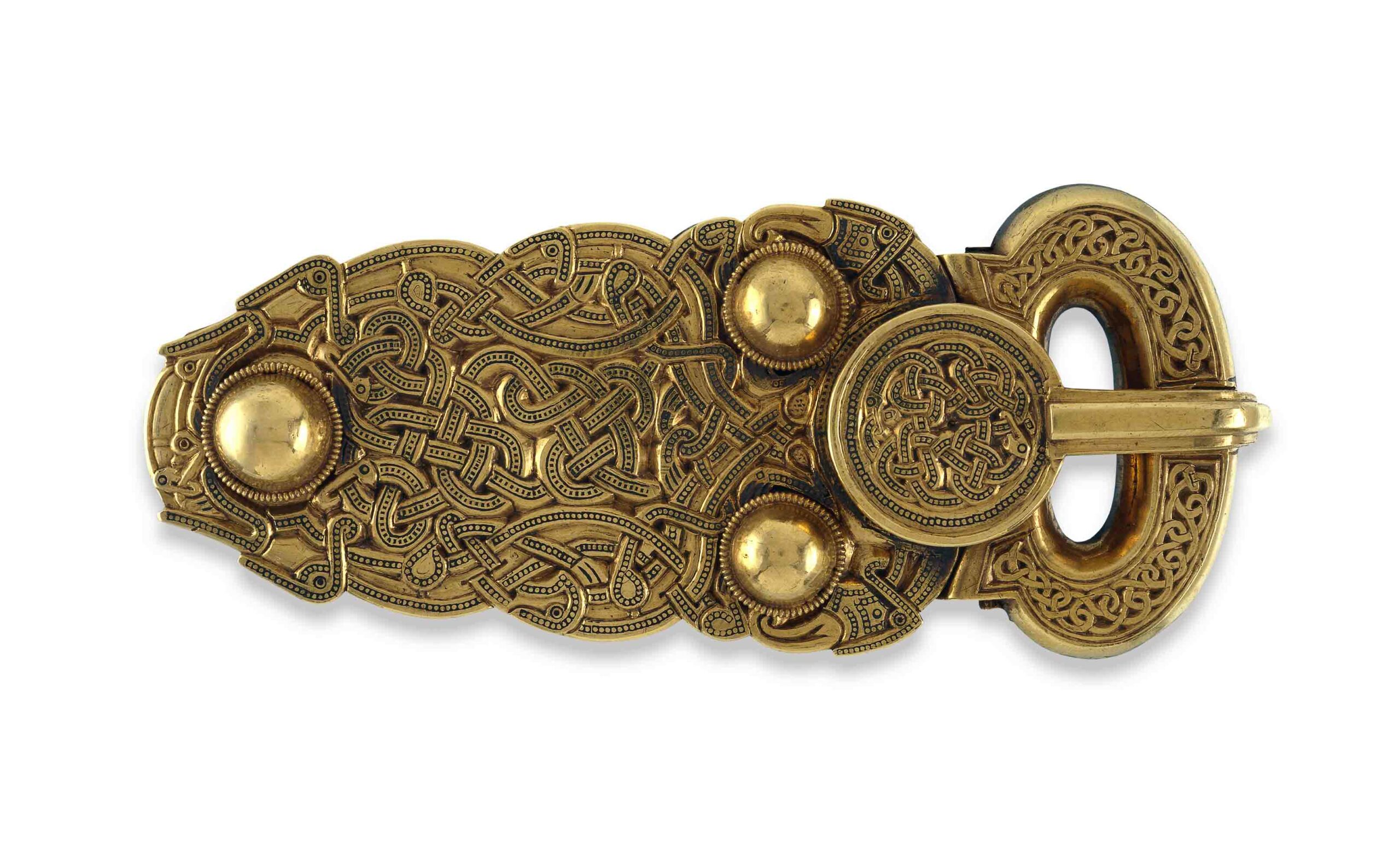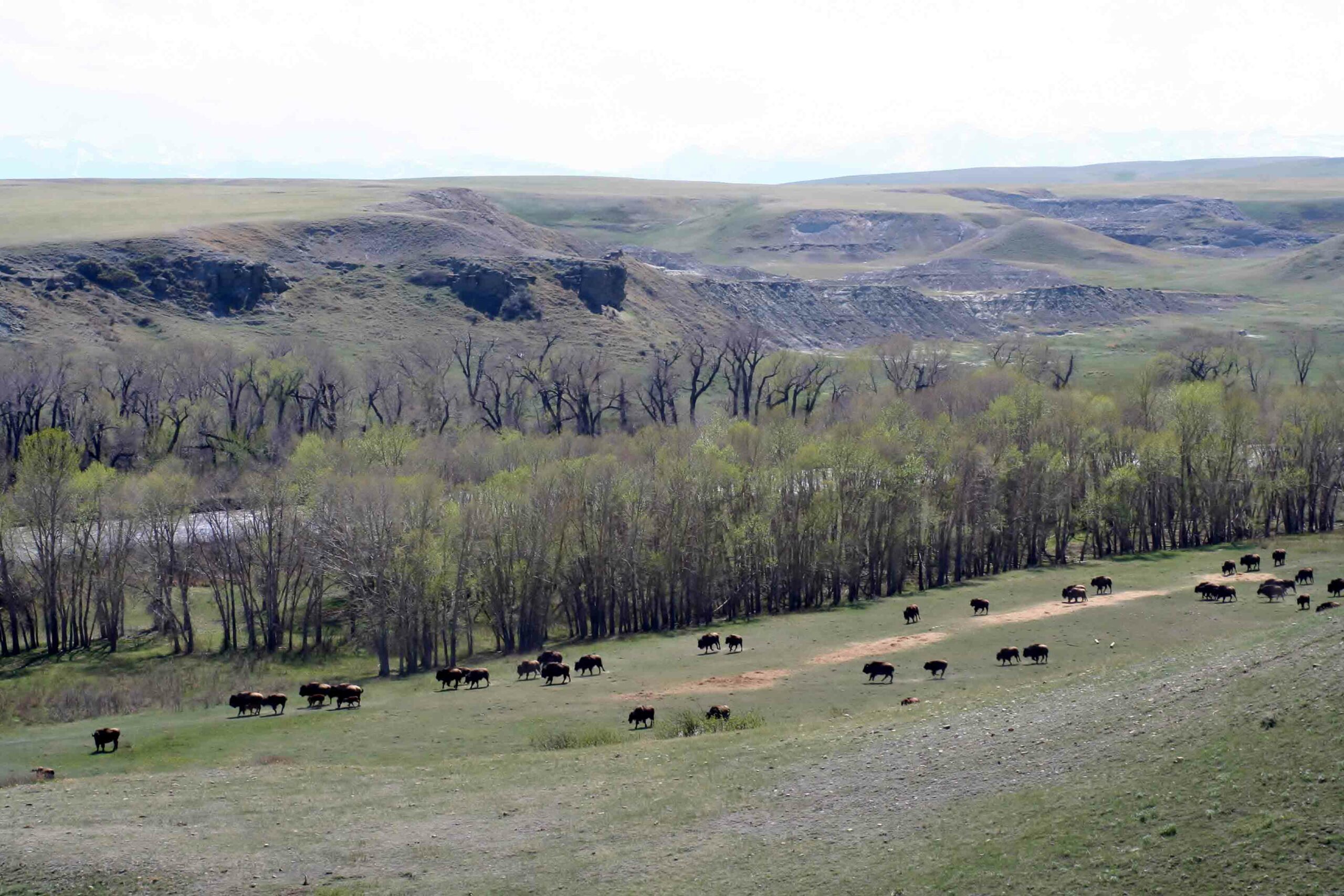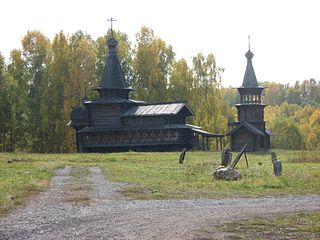
NOVOSIBIRSK, RUSSIA—Spaso-Zashiverskaya, originally built in 1700 in the town of Zashiversk, was a center for the Christianization of the people who lived near Siberia’s Indigirka River. The town was an administrative and trade center until 1803, when the fur trade declined. A smallpox outbreak in 1840 killed all but one of the town’s remaining settlers. In the 1940s, the top of the church’s belfry collapsed, but archaeologist Alexey Okladnikov described the church in 1969 as a “splendor,” according to The Siberian Times. The timber church was disassembled in 1971, and stored until the late 1980s, when it was reassembled at an open-air museum at the Institute of Archaeology and Ethnography in Novosibirsk.



